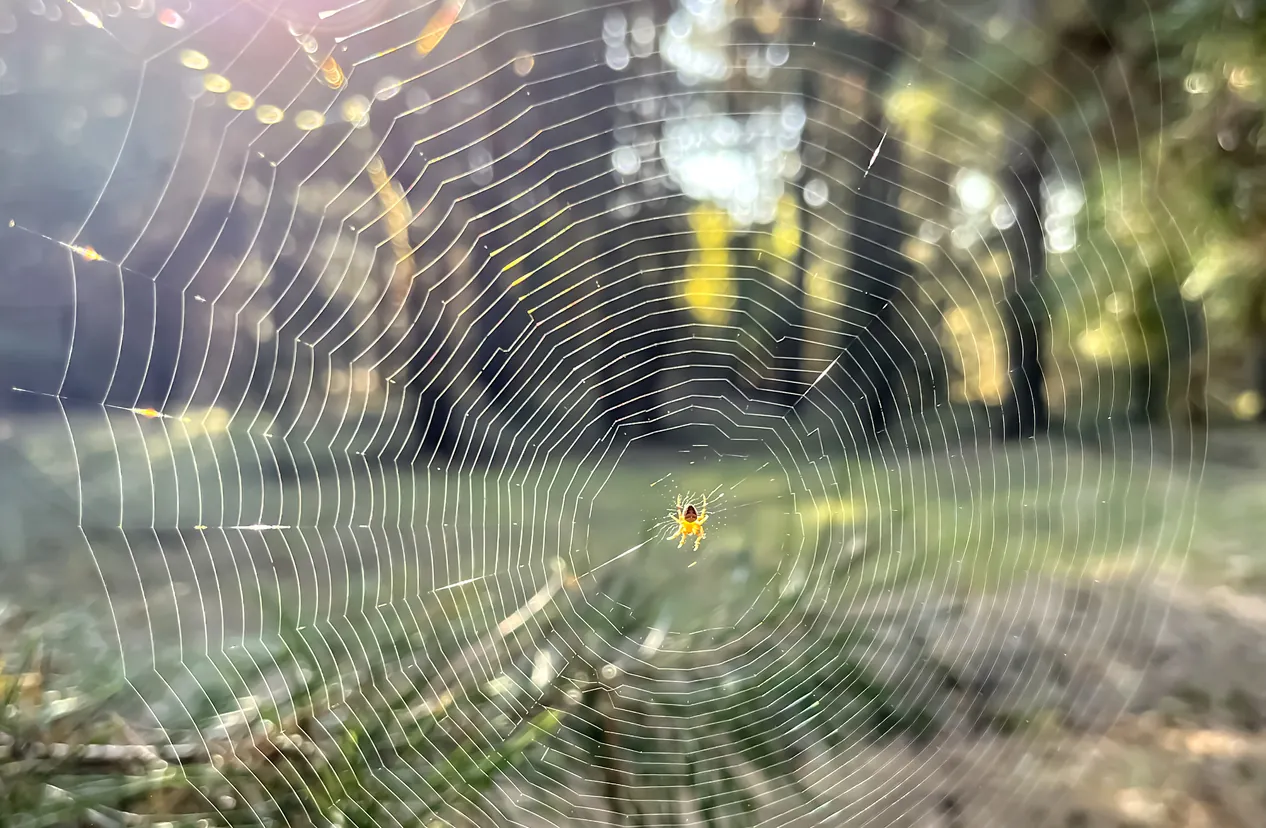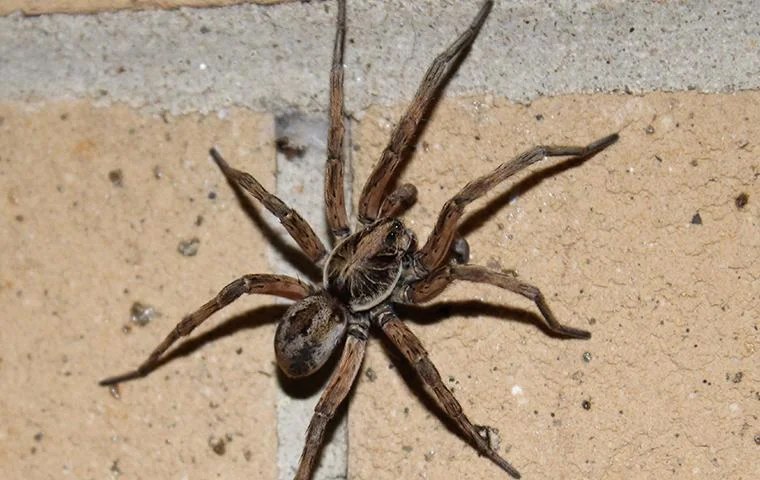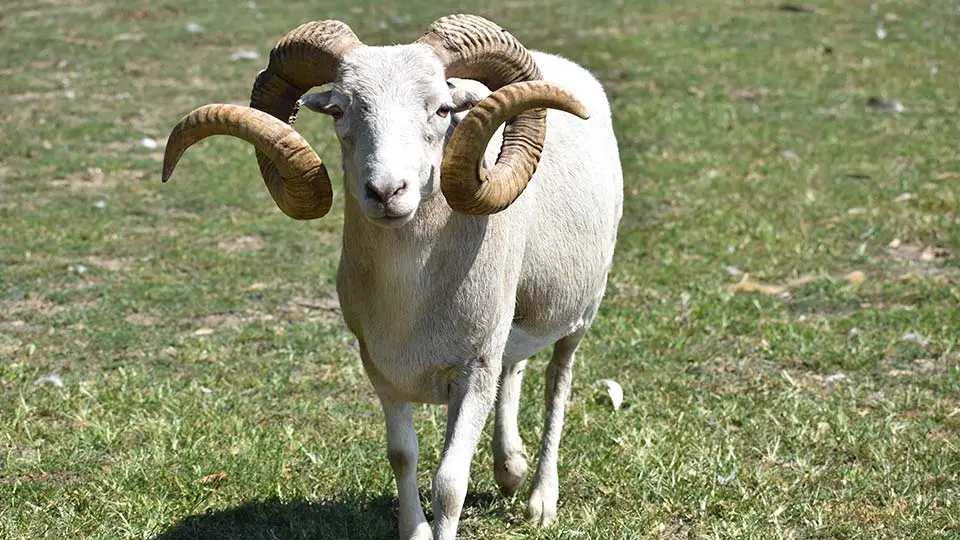When you hear the term “brown spiders in Texas,” you might imagine a tiny, creepy crawler lurking in the corners of your home or garden. Texas, with its diverse climate and landscape, is home to several types of brown spiders. While some of these spiders are harmless, others can be dangerous. Understanding these spiders can help you stay safe and appreciate these fascinating creatures.
What Are Brown Spiders?
Brown spiders are a group of spiders characterized by their brown color, which can vary from light tan to deep brown. These spiders are often found in various habitats, from indoor spaces to outdoor areas like gardens and forests. The color of brown spiders can help them blend in with their surroundings, making them less noticeable to predators and prey alike.
Common Brown Spiders in Texas
In Texas, you might encounter several types of brown spiders. Let’s explore the most common ones:
1. Brown Recluse Spider
One of the most well-known brown spiders in Texas is the brown recluse spider. This spider is notorious for its venomous bite, which can cause severe skin reactions and other health issues.
- Appearance: The brown recluse is light brown with a distinctive violin-shaped mark on its back. It has six eyes arranged in pairs, which is unusual for spiders, as most have eight eyes.
- Habitat: These spiders prefer dark, undisturbed places such as closets, attics, and basements. They can also be found under furniture or in piles of clothes.
- Behavior: Brown recluse spiders are not aggressive but will bite if they feel threatened. Their bites can cause significant health problems, so it’s important to seek medical attention if bitten.
2. Texas Brown Spider
Another common brown spider in Texas is the Texas brown spider, often confused with the brown recluse due to its similar color and habitat.
- Appearance: The Texas brown spider is slightly larger than the brown recluse and lacks the violin-shaped mark. Its color ranges from light brown to dark brown.
- Habitat: These spiders are commonly found in outdoor environments such as woodpiles, gardens, and sheds.
- Behavior: The Texas brown spider is generally harmless to humans but can bite if provoked. Its bite usually causes mild irritation, similar to a mosquito bite.
3. Wolf Spider
Wolf spiders are also prevalent in Texas and are often mistaken for brown spiders due to their color and size.
- Appearance: Wolf spiders are brown with patterned markings and are relatively large compared to other spiders. They have robust bodies and long legs.
- Habitat: These spiders are commonly found in gardens, leaf litter, and under rocks or logs.
- Behavior: Wolf spiders are not dangerous to humans. They are ground-dwellers and hunt at night. Their bite might cause some irritation but is generally not severe.
Identifying Brown Spiders
Identifying brown spiders can be tricky, especially since many species share similar colors and patterns. Here are some tips to help you differentiate between the common brown spiders in Texas:
- Check the Shape: The brown recluse has a distinctive violin-shaped mark on its back. Other spiders like the Texas brown spider and wolf spider lack this feature.
- Look at the Eyes: The brown recluse has six eyes arranged in pairs, while most other spiders, including the Texas brown spider and wolf spider, have eight eyes.
- Examine the Size: Size can be a helpful indicator. For instance, wolf spiders are larger than brown recluse spiders and have more robust bodies.
Safety Tips Around Brown Spiders
Encountering a brown spider, especially a potentially dangerous one like the brown recluse, can be unsettling. Here are some safety tips to help you avoid bites and deal with spiders effectively:
1. Keep Your Home Clean
Regular cleaning can help reduce spider habitats. Vacuuming and dusting frequently will eliminate potential hiding spots for spiders. Pay special attention to areas like closets, attics, and under furniture. Read for more Canyon Lake to Port Arthur, Texas: Your Ultimate Travel Guide
2. Seal Cracks and Gaps
Spiders often enter homes through small cracks and gaps. Seal these openings around windows, doors, and foundations to prevent spiders from getting inside.
3. Use Spider Repellents
Natural spider repellents such as peppermint oil or vinegar can deter spiders from entering your home. Spraying these substances in areas where spiders are likely to hide can help keep them away.
4. Be Cautious Outdoors
When working in the garden or handling outdoor items like woodpiles, wear gloves to protect your hands from spider bites. Check for spiders before moving items or reaching into dark spaces.
What to Do If Bitten
If you are bitten by a brown spider, it’s important to take the right steps to manage the situation:
1. Clean the Bite Area
Wash the bite area with soap and water to prevent infection. Applying an antiseptic can also help.
2. Apply a Cold Compress
A cold compress can help reduce swelling and pain. Apply it to the bite area for 10-15 minutes at a time.
3. Seek Medical Attention
For bites from a brown recluse or other potentially dangerous spiders, seek medical attention immediately. Symptoms like severe pain, blistering, or systemic reactions (fever, chills) require professional care.
Interesting Facts About Brown Spiders
Brown spiders are more than just potential pests; they have some interesting traits and behaviors:
- Camouflage Experts: Many brown spiders use their color to blend in with their environment, making them less noticeable to predators and prey.
- Web Builders: Some brown spiders, like the wolf spider, don’t build webs. Instead, they hunt their prey actively on the ground.
- Long Lifespan: Certain brown spiders, like the wolf spider, can live for several years, making them a long-term presence in their habitats.
Conclusion
Understanding brown spiders in Texas helps us appreciate their role in the ecosystem while staying safe from potential dangers. Whether you encounter the venomous brown recluse or the harmless Texas brown spider, knowing how to identify these spiders and take appropriate precautions can make all the difference. Remember, while these spiders might seem intimidating, most are harmless and play an important role in controlling insect populations.





